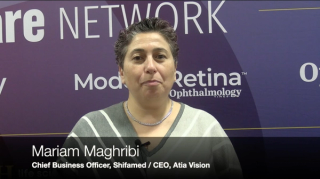
IOL
Latest News
Latest Videos

CME Content
More News

Over 380 organizations representing patients, health care providers, the medical technology and biopharmaceutical industry, health plans and others endorse the legislation

Investigators put forth a list of considerations for surgeons ahead of lens removal in pediatric patients

MELT-300 is a non IV, non-opioid tablet that combines fixed doses of midazolam (3mg) and ketamine (50mg).

The organization is providing free cataract resources for patients and professionals, including fact sheets, social media graphics, a dedicated web page and expert video.

The company is in the process of seeking regulatory approvals for the lens in the US and Europe.

The AIOLIS will be used to clinically evaluate patients’ perception of visual disturbances following premium IOL cataract surgery.
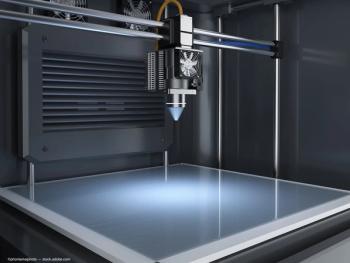
This research ultimately could enhance the manufacture of eye implants universally used in cataract and refractive surgeries.

Elizabeth Yeu, MD, Executive Board Member of IKA, and a cataract and refractive surgeon at Virginia Eye Consultants, talked about perioperative considerations for cataract surgery in keratoconus patients.

Physicians should consider the roles of verbal and ocular anesthesia.
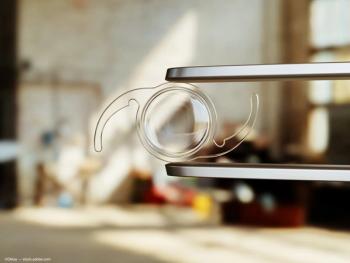
The angled bow-tie pattern of astigmatism was corrected more accurately compared with the asymmetric bow-tie pattern of astigmatism

A singular celebration of science over the decades

The A-IOL aims to correct both near and distance eyesight, reduce reliance on glasses or contact lenses, have no glare or halos, and restore the eye’s ability to focus.
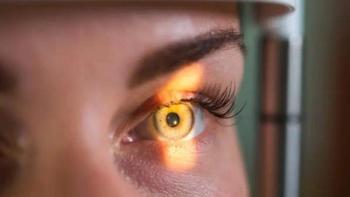
Despite recognition of lenticular glutathione’s importance in lens formation for decades, why it declines with age remains a mystery.

BVI lenses feature a unique C-loop haptic design, known as “POD,” introduced to the market with the launch of the PODEYE hydrophobic IOL in Europe in 2012.

William F. Wiley, MD, shares some key takeaways from his ASCRS presentation on binocularity and aperture optics.

One year after implantation, the enduring IOP reduction remained consistent across all 3 dose strengths.
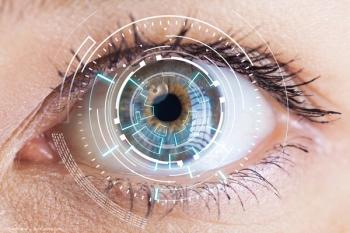
Alice Epitropoulos, MD, discusses the importance of considering ocular surface health in cataract surgery patients.

The company’s EVO family of Implantable Collamer Lenses for myopia, astigmatism and presbyopia, are designed to correct vision through a minimally invasive procedure.
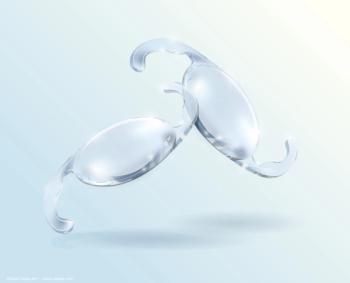
The Clareon platform will be available in India in 2 Presbyopia correcting IOL technologies: the Clareon PanOptix and Clareon Vivity.

According to the company, the milestone underscores Vivity’s wavefront-shaping technology, which simplifies presbyopia correction for surgeons and patients.

Sydney Tyson, MD, MPH concludes this series discussing common challenges that patients may face following IOLs implantation, such as visual halos, glare, or low contrast, and the means available to reduce these artifacts.

Nicole Fram, MD concludes this series on the potential of decentration and subsequent IOLs misalignment, highlighting zero and negative spherical aberration lens options for these unique cases.

Sydney Tyson, MD, MPH discusses various types of aspheric IOLs that cater to a patient’s lifestyle, highlighting recent developments in the therapeutic landscape like the CT Lucia 621P IOL.

Nicole Fram, MD discusses the methods for assessing a patients’ ocular anatomy for IOLs, such as corneal topography, ray tracing, and optical biometers.

Seth Pantanelli, MD discusses the landscape of monofocal aspheric intraocular lenses (IOLs) and how he caters treatment options to each patient.


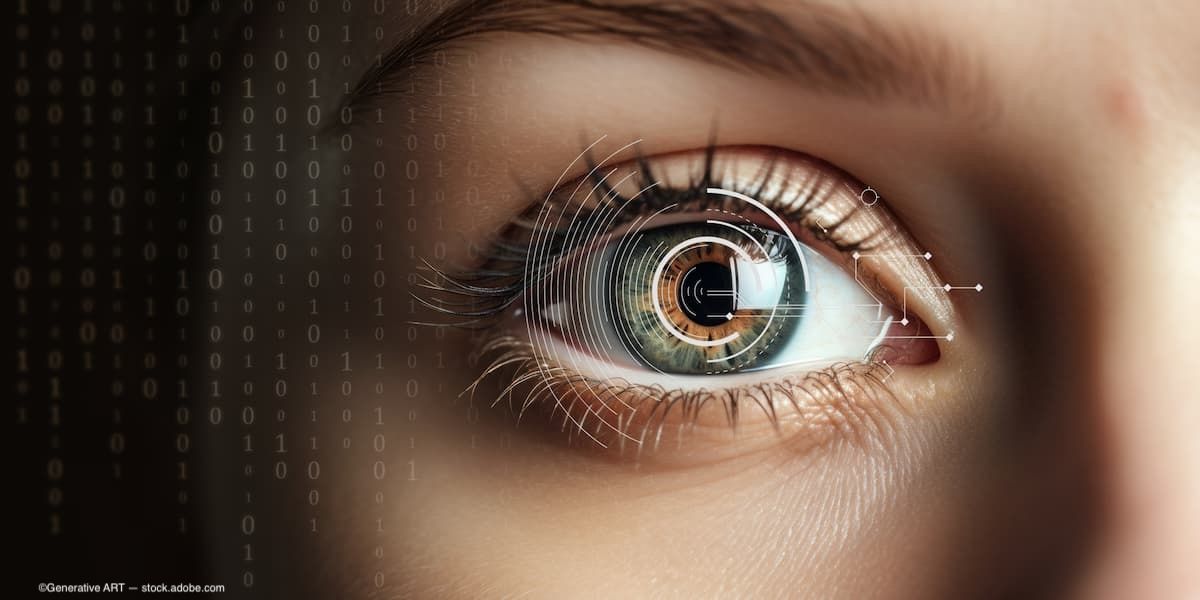


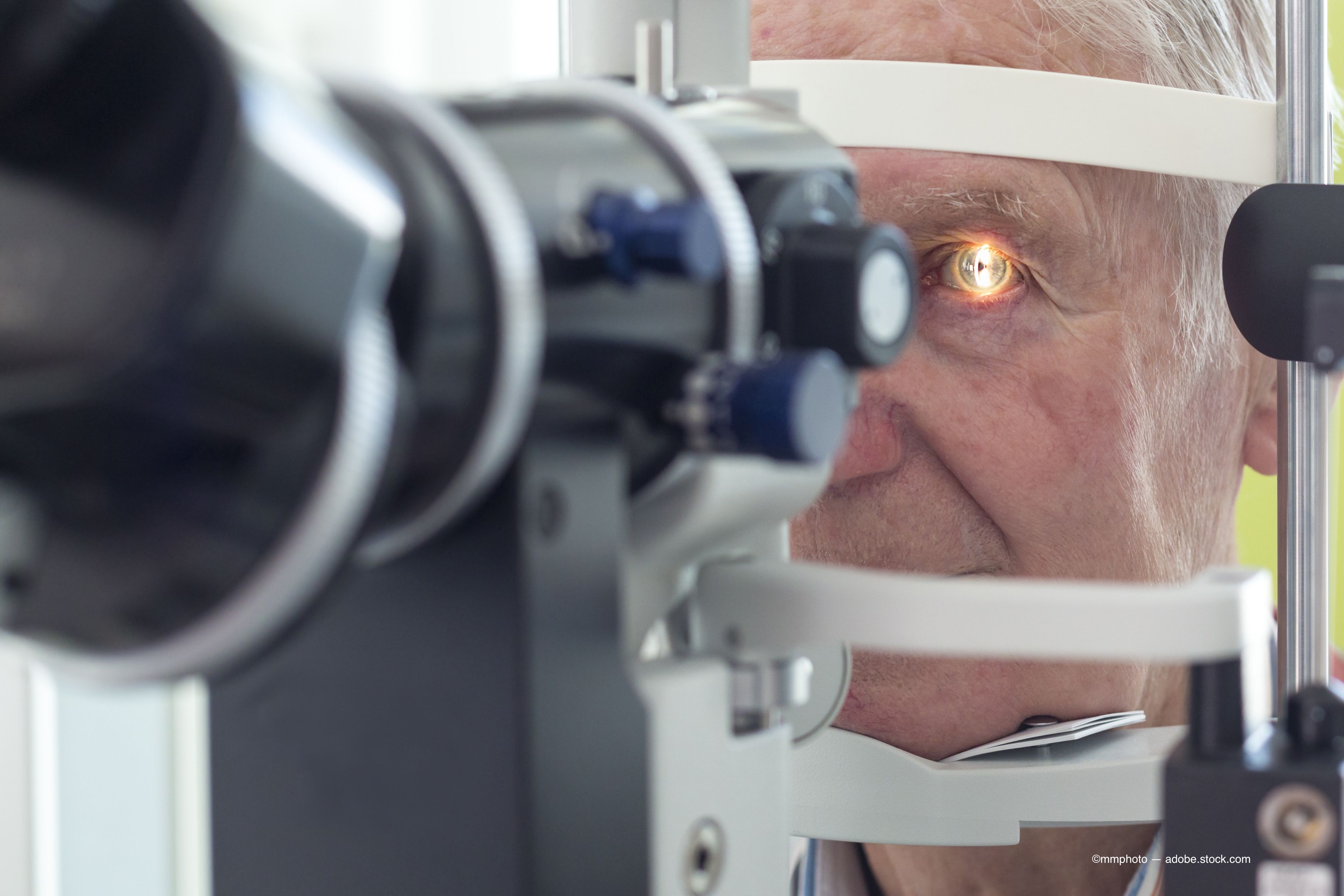

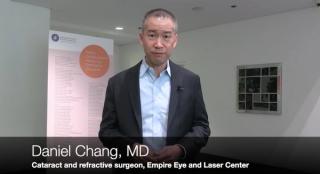


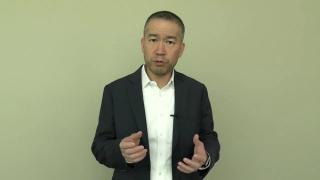
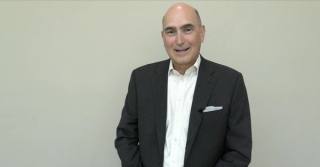

















































.png)


